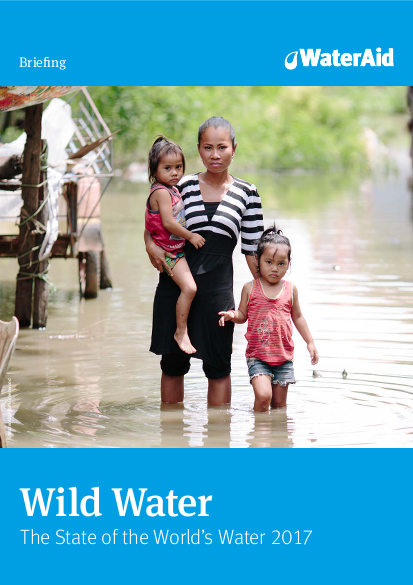
Climate change manifests itself mainly as water change. Unpredictable weather patterns – referred to here as ‘wild water’ – mean more storm surges, ruinous flooding, prolonged droughts and contaminated water sources.
Wild water events can wipe out fragile infrastructure, dry up rivers, ponds and springs which are sometimes the main source of water for the poorest people, and contribute to the spread of waterborne diseases.
Rural populations in poor and geographically isolated areas face particular challenges. Of all the people in the world without access to clean water, more than half a billion – enough to circle the world over six times – are in rural areas. Here, help is often slow to arrive after natural disasters, infrastructure is poor to non-existent, and a continued lack of funding is most acutely felt.
In this briefing, we look at how the struggle of vulnerable rural communities to access clean water is compounded by wild water events. We explore how improving access to water, sanitation and hygiene services makes them better able to withstand catastrophe, and why working towards the Sustainable Development Goal of reaching everyone everywhere with access to clean water by 2030 will be essential in building adaptable, more climate-resilient communities.